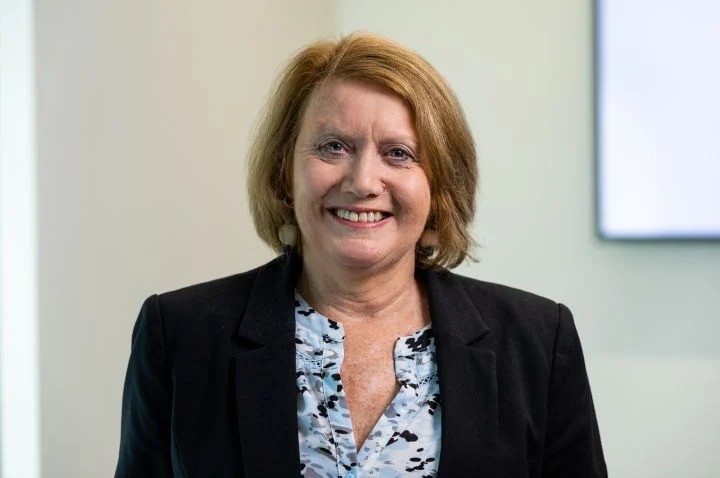
Ground-breaking research by an Australian academic has important consequences for bank boards that are trying to hit their diversity targets.
Findings from the research indicating there is an opportunity for bank directors to look at the social processes they use to appoint directors, and broaden their networks, to put different people around boardroom tables.
La Trobe Business School Adjunct Professor of Management, Dr Suzanne Young’s research with a group of colleagues shows the process for identifying potential new board members is inherently social. This is regardless of whether ostensibly rational procedures like skills matrices, targets and quotas are used by boards to achieve diversity targets.
Young’s research builds on other studies that show a positive relationship between
gender diversity and firm performance when voluntary approaches to increasing gender diversity are used, versus regulation to achieve the same ends. Although mandatory gender diversity targets are key.
“All decision making is social in nature and a lot of organisations say they use rational processes like networks and skills matrices. But when you delve into it, they’re still using social decision-making processes. Unless they say they want increased diversity, these processes are still limiting diversity on boards. Understanding this from a social process helps decision makers if they really want to improve diversity,” she says,
According to Young, banks have an opportunity to look at the way the public sector approaches diversity, which leads the way.
“Targets set for the public sector demonstrate diversity is important and can build both social capital for women but also build better organisations,” she says.
Young is not too disheartened about US President Trump’s actions to end and discredit diversity, equity and inclusion initiatives.
“Australia takes some of the lead from America but we also look to Europe, where diversity is at the forefront of decision making. Diversity is voluntary in Australia and, while there are diversity targets, they are not legislated. But organisations operate within a political climate. If the public sector is driving diversity targets, you do find corporations follow because of public expectation,” she says.
The message to local banks is to question how directors are appointed, which networks board members are sourced from and to broaden thinking around the necessary skills for potential board members.
“Banks need to challenge that idea they’re using rational processes to achieve genuine diversity at a board level,” Young says.
Young’s study is one of a number of recent research projects that have looked at how underlying processes could lead to fewer women and people from other groups on boards.
The Workplace Gender Equality Agency recently released research to explore gender balance in Australian workplaces. When it looked at the gender composition of boards and governing bodies in financial services for 2023/2024, findings showed a 67 per cent to 33 per cent split between male and female board members.
According to WGEA’s figures, this is pretty much in line with the overall average across all industries when it comes to gender split among board members, with a 68 per cent to 32 per cent split between men and women.
The good news is more than half (56 per cent) of financial services boards have a formal policy or strategy to support gender equality. This is versus just 43 per cent of boards across the broader Australian business sector that have a gender equality policy.
Ardea Investment management’s head of research, Laura Ryan, points to research the fund manager did with the Australian National University and the CFA Institute that highlights a ‘tap-on-the-shoulder’ problem that stifles true diversity among boards.
“Board roles are often not advertised and people are found through informal networks,” she says.
Ryan says the first step in improving bank board diversity is recognising there’s a problem.
“The second thing we can do is use executive search firms that have a diversity mandate, because they won’t just go into the same Rolodex. They’ll go out and do the search,” she says.
Recruiting people to fill vacant board positions from outside the financial services sector is another way to expand the gene pool.
“We have all these governance, finance and legal experts working outside finance whose skills would be directly applicable to a board position we’re not tapping into,” says Ryan.
Limits on tenure in board roles outside the largest Australian companies could also help redress the diversity record among bank boards. “We want diversity of experience and diversity of thought. If all the board members have been on the board for the last 15 years, everyone knows the status quo and there’s no one there to upset the apple cart,” says Ryan.
The message to local banks is to question how directors are appointed.
“Banks need to challenge that idea they’re using rational processes to achieve genuine diversity at a board level,” Young says.